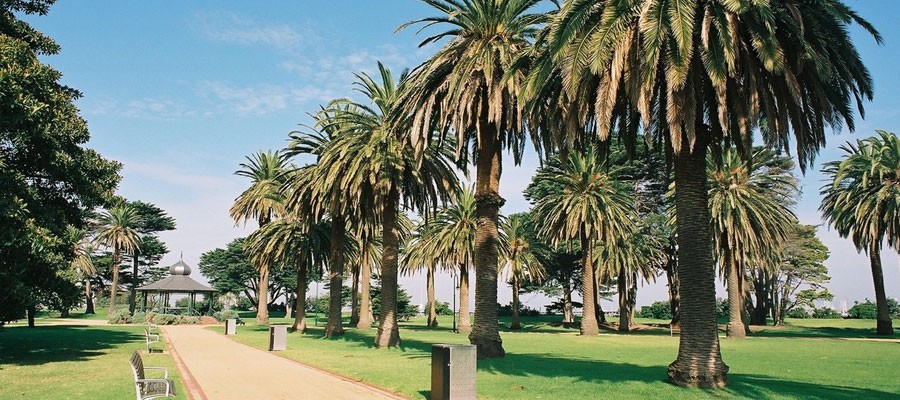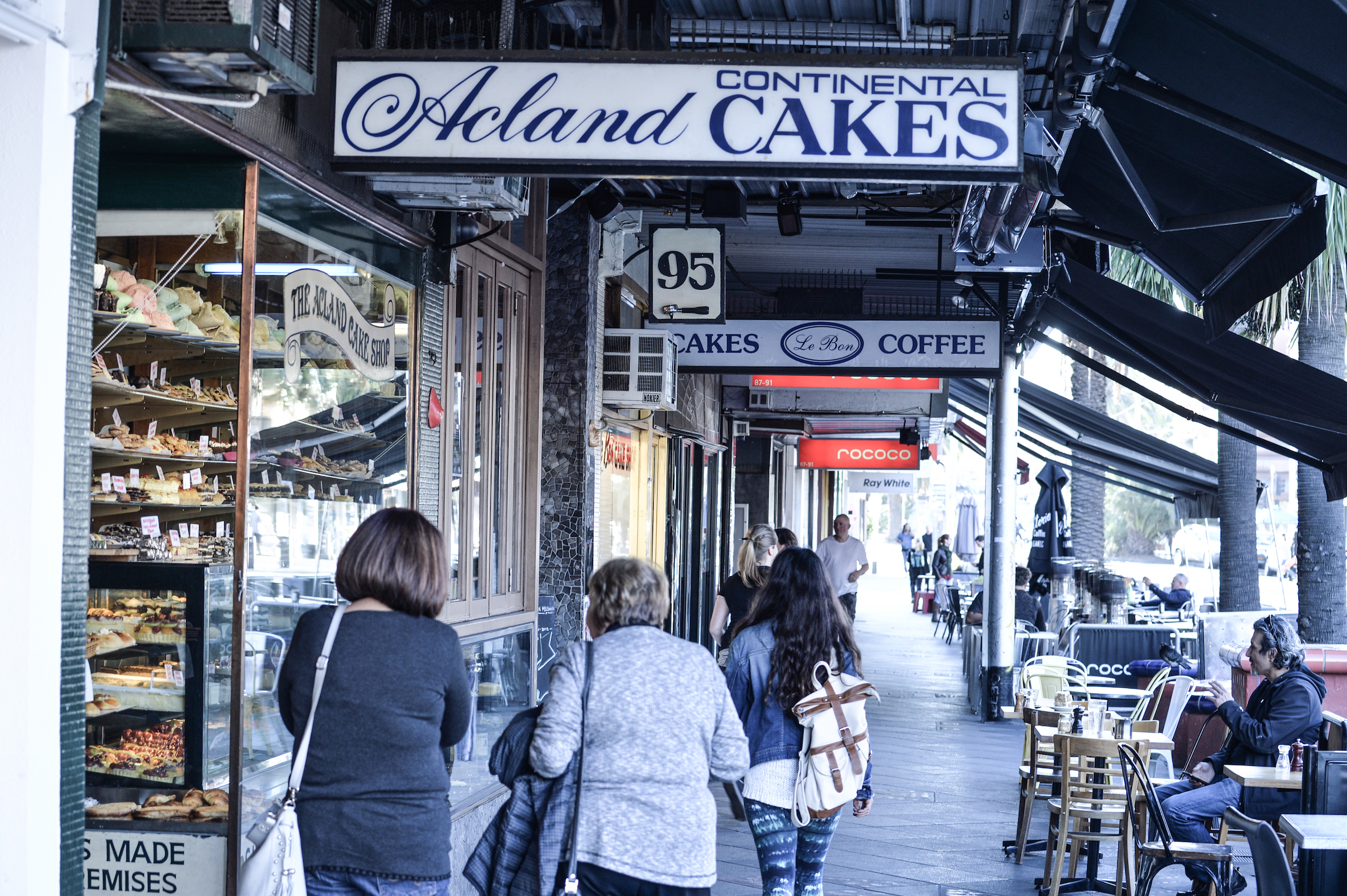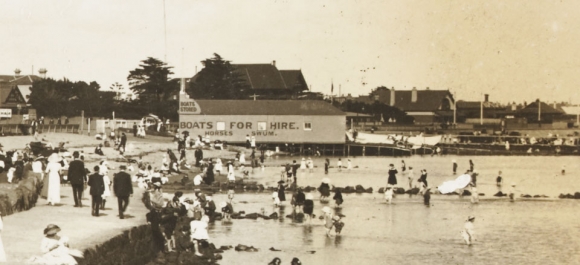
About St Kilda
Just 6km from the city centre, St Kilda is Melbourne’s seaside playground and is much-loved by residents and visitors. St Kilda is renowned for its expansive view of Port Phillip, safe sandy beach, palm-lined boardwalk, huge range of beach activities, big skies, gorgeous sunsets, parks and gardens, great restaurants, bars and cafés, fabulous old buildings, and its colourful past and present.

St Kilda is home to many of Melbourne’s famous visitor attractions including Luna Park, the Esplanade Hotel, Catani Gardens, Acland Street and Fitzroy Street. It is home to St Kilda beach, Melbourne’s most famous beach, several renowned theatres and several of Melbourne’s big events and festivals.
The main street in St Kilda is Fitzroy Street. It’s lined with outdoor pubs, cafes and restaurants serving a wide variety of cuisines showcasing Melbourne’s multicultural heritage.
The café society of Acland Street first bloomed with the influx of cosmopolitan European migrants in the 1950s. That heritage can still be seen in the European-style cake shops, cafes and designer shops that line the street.

Known as Melbourne’s beachside playground, St Kilda has long been a go-to destination for those in search of great food and drink. With so many cuisines to choose from, you’ll find every taste bud is satisfied with the array of options in this foodie paradise. Many of St Kilda’s eateries are located along Fitzroy St and Acland St, with a mix of moody wine bars, summery outdoor terraces, and fine dining restaurants, all located around Port Phillip Bay
History
The Boon Wurrung people of the Kulin Nation were the traditional owners of the land where St Kilda now sits and called the area Euroe Yroke. There is evidence of their ancient lifestyle throughout St Kilda. Visit where early tribal gatherings were held at the ‘Corroboree Tree’ a very old red gum tree at St Kilda Junction.

St Kilda was named by Superintendent La Trobe after a watching a boat named ‘Lady of St Kilda’ anchored off the beach in 1841. During the 1900s, St Kilda became a favoured suburb of Melbourne’s elite, and many palatial mansions were constructed along its hills and waterfront. The foreshore became Melbourne’s amusement zone with the opening of Luna Park in 1912, at the time the newest and greatest amusement park in the world. Luna Park still operates today where you can enjoy rollercoaster rides and arcade games.
Following WWII, St Kilda became Melbourne’s ‘red light’ district. During the 1960s, it became known for its bohemian style and attracted young artists and musicians taking advantage of cheap housing. The suburb still retains its alternative style today.
